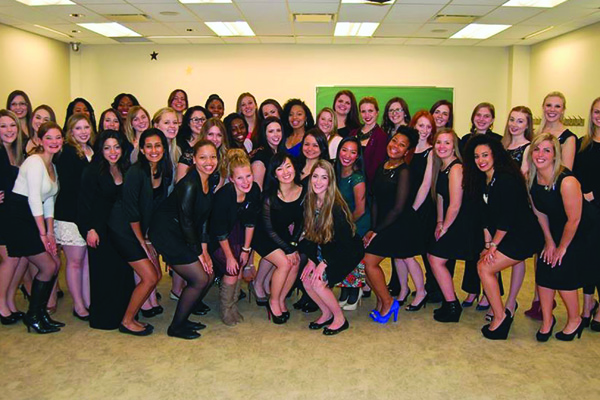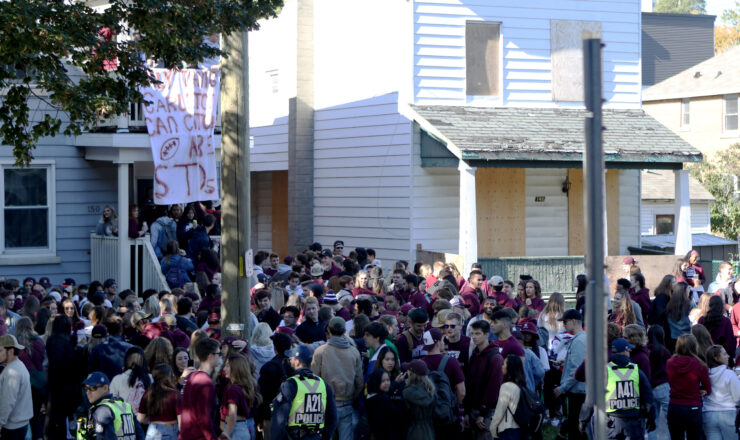The university needs more comprehensive efforts to ensure student needs are addressed
Sometimes getting a hold of a university employee is like trying to call your relative with bad service. It starts off pretty simple, but when you try to move into more complex conversation, the signal can get lost (figuratively or literally). Then they move from one room to another, trying to get a better connection…but you somehow feel bad at the end of it? What gives?
Despite being a well-established U-15 research intensive university, I guess everyone has to learn how to be a better communicator. Whether it is asking someone from residence a question, trying to facilitate a room booking, or even reaching an academic advisor, more often than not, you probably feel like you’re talking to a brick wall.
Part of this is the sticky spiral of email webs that you can easily get sucked into. How many times have you been “redirected” to a different office or department that is “better handled to resolve your issue”, just to get sent in circles, emailing people you didn’t know existed? Unfortunately, because email is the dominant form of communication (which makes sense, you can do it anywhere and reply at your own pace), it can become more difficult to explain your issue rather than in-person — especially if it goes through multiple channels.
This also extends to booking certain appointments, especially at the Health and Wellness Centre. Although only recently opened, many students struggle booking an appointment, as new appointments are posted right at 8 in the morning each day. Sleeping in because you had to close last night? Commuting to campus and you don’t have cellular data? Too bad — try again tomorrow. Despite the plethora of services the Student Health and Wellness Centre offers, it’s difficult to access them when you cannot even understand how to access them.
The university employs thousands of people who are essential to the functioning of the campus, and their jobs are appreciated by students. But there needs to be a priority of improving communication and access of knowledge between students and the services they access the most, such as SASS, beginning from the top-down. Otherwise, students will maintain an expectation of not solving their issues, and worse — not feeling like their problems matter.
However, students are not the only ones who struggle from indirect communication; employees cannot perform to the best of their abilities if no information is consistent or their needs aren’t being met. With two union negotiation breakthroughs within the same academic year — both full-time professors and power plant employees — it would be fair to question the administration’s priorities of fair communication and bargaining as well. How often do these different unions feel as stonewalled as students? How are any crucial problems getting solved?
You might believe that as a student who is only planning to be here for four years, your relationship with the university is established; you pay your tuition, you pass your classes, and the university exists…at a distance when you need it. But shouldn’t it be more than just the bare minimum — for everybody? There should be simple, concise and compassionate efforts to guide your years at university, whether you complete four years or four months.
A giant game of broken telephone is worsening the already widening communication gap between students and administration. With such a large and diverse student population, hailing from all over the world, a lack of communication and expectations does not foster a community of understanding and academic excellence, but rather apathy and independence. Different needs require different solutions — which is where a university should thrive.
Students, faculty, and employees have been working hard together to try and solve problems affecting several issues on campus — but communication is fundamental to all aspects of academia. Interviewing different services, such as SASS and co-op office, to understand their communication goals is one such example.
Using social media to establish a variety of surveys, focus groups and interviews to collect student feedback on different services is also important. Working hands-on with different student groups — from registered student governments to clubs — can help ease the anonymity between students and administrators, and feel as though true progress is being made.
Communication should be a two-way street, not a yap session with a brick wall that takes thousands of dollars.





